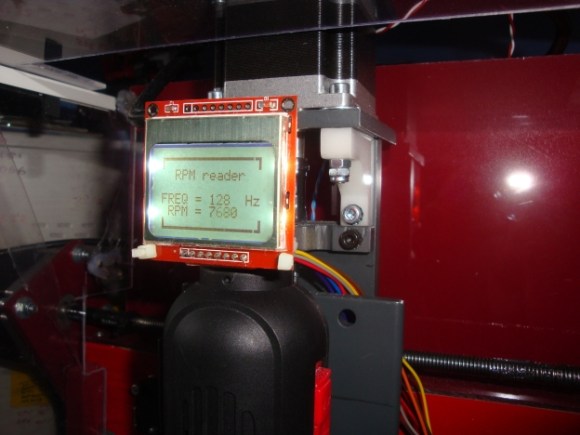
What better way to wake up than by fearing your impending explosion if you don’t hit the correct snooze combination! This is the DEVESTATOR (Translated), [Jacek’s] latest fun project, straight from Poland.
As an avid paintball and airsoft fan, [Jacek] wanted to build a unique clock — so he decided to make his own classic dynamite stick bomb… clock. He’s using a ATmega8 microcontroller at the heart of the project with both a DS1307 RTC and a DS1820 temperature sensor, because just for kicks, the clock also monitors ambient temperature!
To add to the realism of the project he also designed the PCB from scratch using Eagle CAD, which allowed him to make the whole thing look even more threatening. To actually make the PCB he used the laminate thermal transfer method. The four buttons on the PCB allow you to scroll through the date, time, temperature, and set alarm times.
Oh and the “dynamite”? Paper towel rolls covered in red tape.
















